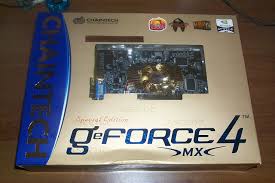- Joined
- Aug 20, 2006
- Messages
- 13,000
While this has already been speculated, recent comments by NVIDIA executive vice president and CFO Colette Kress are supporting the possibility that ray tracing capabilities will be exclusive to the RTX 2080 Ti, 2080, and 2070. TechPowerUp is calling this decision a “tremendous misstep,” in that most gamers play on lower-tier GPUs.
As Kress puts it, "We'll start with the ray-tracing cards. We have the 2080 Ti, the 2080 and the 2070 overall coming to market," which, in context, seems to point out towards a lack of raytracing hardware in lower-tier graphics cards (apparently, those based on the potential TU106 silicon and lower-level variants). Failing to add RT hardware to lower-tier graphics would exclude a huge portion of the playerbase from raytracing effects.
As Kress puts it, "We'll start with the ray-tracing cards. We have the 2080 Ti, the 2080 and the 2070 overall coming to market," which, in context, seems to point out towards a lack of raytracing hardware in lower-tier graphics cards (apparently, those based on the potential TU106 silicon and lower-level variants). Failing to add RT hardware to lower-tier graphics would exclude a huge portion of the playerbase from raytracing effects.
![[H]ard|Forum](/styles/hardforum/xenforo/logo_dark.png)
